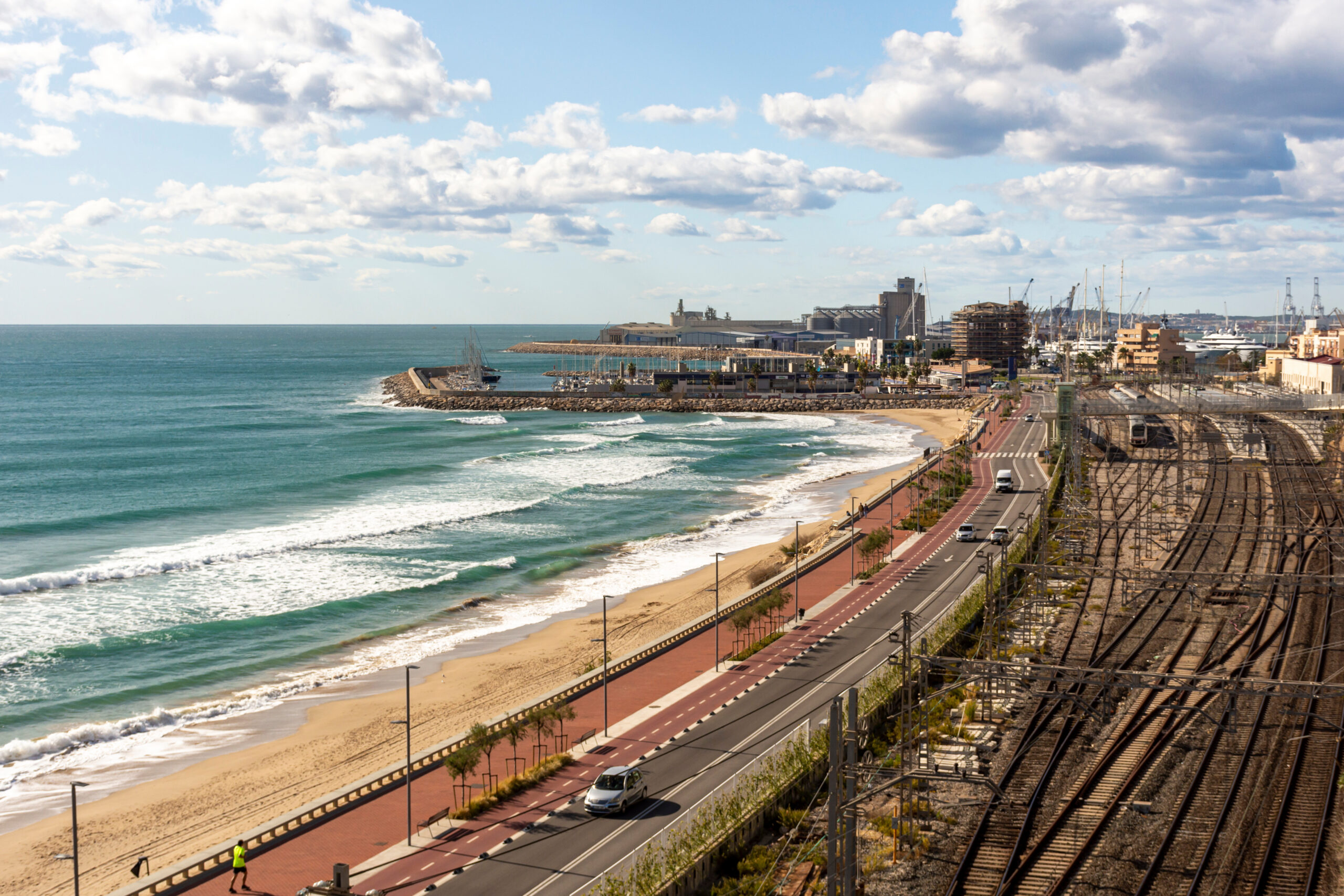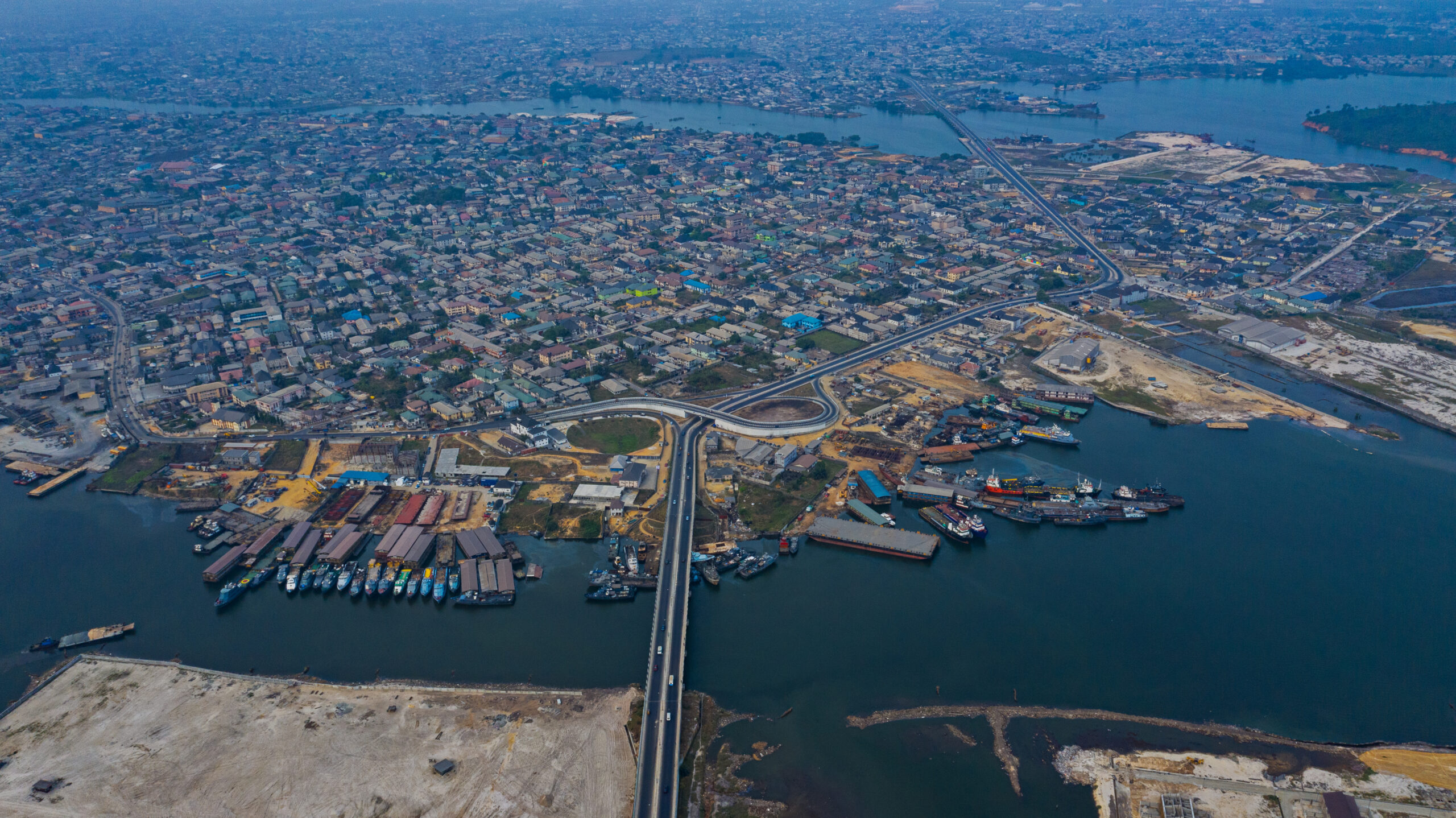Decades of petchems unease not enough to clinch a plastics treaty
For more than 50 years, the health and safety hazards of a petrochemicals complex in northern Spain have been worrying locals. Despite that, and the unease of such communities globally, UN talks this week failed to clinch a plastics treaty.

(Barcelona, Spain) — Hopes were dashed at UN talks in Ottawa this week for an urgently-needed plastics treaty that would finally introduce limits on plastic production, despite the decades of unease felt by those communities living in the shadow of petrochemicals facilities like the giant Tarragona complex, just down the coast from Barcelona.
The Repsol Tarragona Complex — the biggest petrochemicals facility in southern Europe — is less than an hour’s drive from Barcelona, on a part of the Catalan coastline known as the Costa Dorada (‘Golden Coast’). Wedged between the lively port and university city of Tarragona and some popular coastal resorts like Salou — a favourite with French, German and increasingly British tourists — it is right next to busy residential and beach zones.
And for those living in its vicinity, the 150,000-barrel-per-day refinery, established in the 1970s, casts a dark shadow over the bright blue skies and sea in this otherwise picture postcard place, posing a number of health and safety risks. Local residents and scientists have long tried to raise awareness of these risks, but their voices still largely go unheard.
A 2021 study undertaken by the Universitat Rovira i Virgili in Tarragona found that a number of toxic air pollutants including olycyclic aromatic hydrocarbons (PAHs) and metals/metalloids like arsenic (As), chromium (Cr) and vanadium (V) are emitted by the facilities in the complex. Arsenic and chromium are of particular concern because they can lead to increased cancer risk.
“According to the human health risk assessment, the ingestion of As and the inhalation of Cr in the industrial zone were identified as potentially relevant exposure pathways leading to an increase of cancer risks,” the researchers noted, adding that: “from the very beginning, there has always been some concern over the possible adverse health effects for the population living in the neighborhood of this industrial complex.”
Fears over the potential health and safety consequences of living in close proximity to the Tarragona industrial complex peaked in 2020 when a fatal explosion in a reactor belonging to Spanish petrochemicals firm IQOXE resulted in three deaths and various wounded people, as well as considerable material damage to the site and its environs.
The force of the explosion was so great that a reactor lid was sent flying from the force of the shock wave. The one-tonne metal plate struck an apartment building 3km away, causing the building to collapse and kill a 59-year-old man inside his home. The other two victims of the shocking blast were factory workers. Local residents spoke at the time about their utter terror when the blast occurred, likening it to an earthquake.
The Tarragona complex is enormous: it has facilities that belong to 34 large international chemicals firms and is divided into two industrial parks, North and South. It occupies an area of 1200 hectares and a total of 20 million tons per year of of chemical industry-related products, mainly plastic and fuels, are produced at the site.
The northern industrial park comprises a petroleum refinery and chemical industries focused on the manufacture of mainly 1,3-butadiene, styrene and benzene, while the southern industrial park includes mainly industries specialised in the production of plastics, but also, has production plants for making chlorine derivatives and ethylene oxide. There is also a small refinery and a storage facility for the import and export of chemical products in the port of Tarragona, just next to the industrial complex.
A three-year monitoring campaign of 62 volatile organic compounds (VOCs) in outdoor air samples in urban areas close to the Tarragona petrochemical complex concluded in 2023 that 1,3-butadiene, benzene and 1,2-dichloroethane were the most prevalent compounds, respectively. Despite its carcinogenic properties, 1,3-butadiene is still unregulated in Europe.
The study, also by Tarragona’s public university, found that, regardless of the sampling site, average concentrations of the dangerous 1,3-butadiene compound present were between 0.074 micrograms of gaseous pollutant per cubic meter of ambient air (μg m−3) and 1.5 μg m−3. The Autumn-winter months saw the highest VOC concentrations because of thermal inversion and prevailing winds, it said.
Further studies have focused on the public perception of risk among those living near the Tarragona site. The most recent research published in March found that two-thirds of people perceive a high level of petrochemical risk in the Tarragona area.
The residents of Tarragona are just one of hundreds of communities worldwide living with fears over the health and safety risks of petrochemicals facilities.
These communities’ decades-long unease with petrochemicals needs, finally, to be taken seriously at the next round of plastics talks to take place in South Korea in November, and the root of the problem — plastics production, not pollution — needs to have firm limits set.


